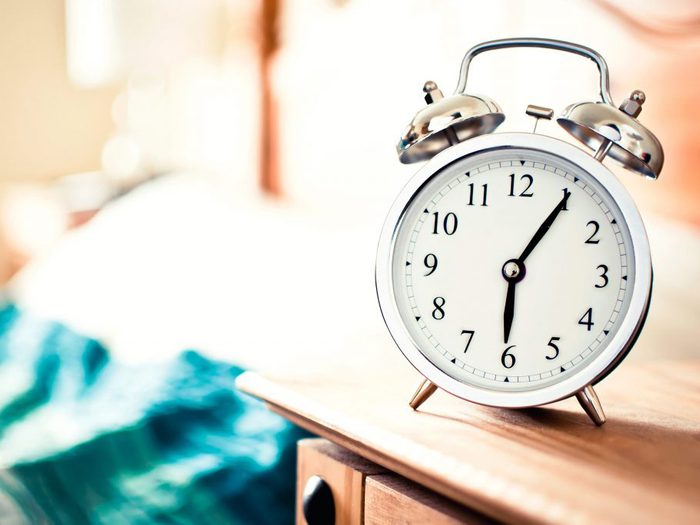
Limit the length of your snooze
Sleep experts have found that the length of your nap has a huge effect on how alert you feel afterward. It all has to do with sleep cycles. A quick power nap should last between 10 and 26 minutes (it gets this specific for a reason: NASA scientists found that a 26-minute nap improved pilot performance by 34 percent and alertness by 54 percent). An hour-long nap will trigger rapid eye movement (REM) sleep, which helps improve memory, and a 90-minute snooze will get you through a full sleep cycle, which can boost creativity and emotional memory, the scientists said. Beware of sleeping for longer than 90 minutes; you’ll get drawn into “sleep inertia” and enter a new sleep cycle and won’t get any additional benefits. Plus, you could negatively affect your nighttime sleep.

Align the time of your nap with the time you woke up
For most people, the best time to nap is between 1 p.m. and 3 p.m. But if you subscribe to an unusual sleep schedule (super early mornings or late nights), it’s best to align the time of your nap to the time you woke up. Sara Mednick, PhD, psychologist and author of Take a Nap, Change Your Life, created a nap wheel just for this purpose. All you have to do is enter the time you woke up. The wheel will output your ideal naptime for that day (for example, if you woke up at 5 a.m., nap at 1 p.m.; for 6 a.m., nap at 1:30 p.m.; for 7 a.m., try 2 p.m.; for 8 a.m., try 2:30 p.m.).
Trying to wake up earlier? Check out these tips for being a morning person.
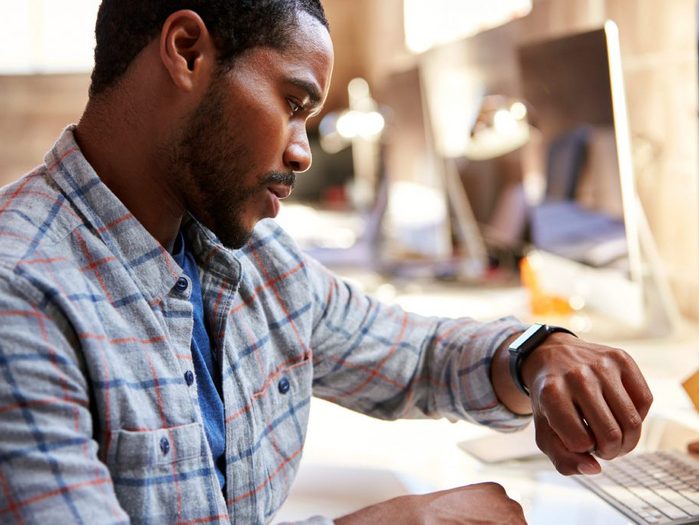
Stick to a schedule
For new parents, getting a baby to adhere to a regular nap schedule is vital. The same thing goes for adults, according to the National Sleep Foundation. Taking an afternoon nap at the same time each day helps mesh the extra sleep into your circadian rhythm. Your body will begin to recognize when naptime is approaching, and you’ll find it easier to nod off faster.

Consider a “caffeine nap”
It sounds counter-intuitive, but sipping coffee right before a nap may be the perfect aid for optimal alertness, according to John Cline, PhD, author of Sleepless in America. Since caffeine takes about 10 minutes to take full effect, you’ll feel even more awake after your 20-minute rest. The coffee nap is more effective than either napping or drinking coffee alone, he says.
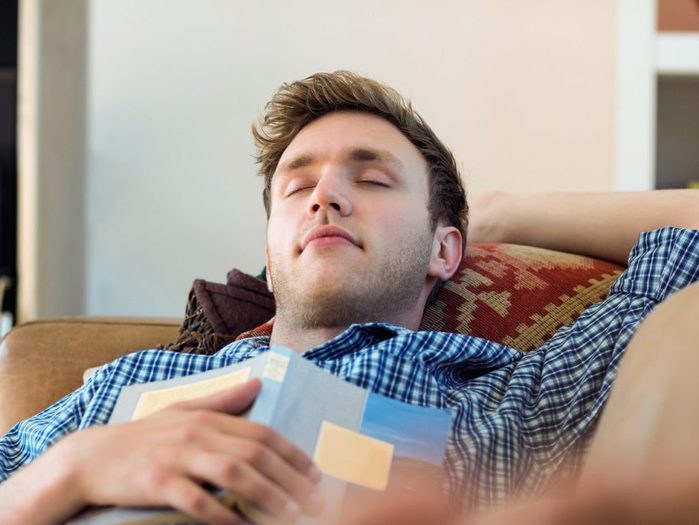
Find a quiet, dark place to lie down
Anyone who’s tried to snooze on a plane or a train knows that while you may be able to fall asleep, it’s not a very restful sleep. One possible reason for this is that your sleep position influences how your brain clears waste, according to a study published in the Journal of Neuroscience. You need to be lying down, on your side, for maximal brain function, they found. So resist the urge to nap upright and find a place where you can snooze lying down, preferably in a dark, quiet room.
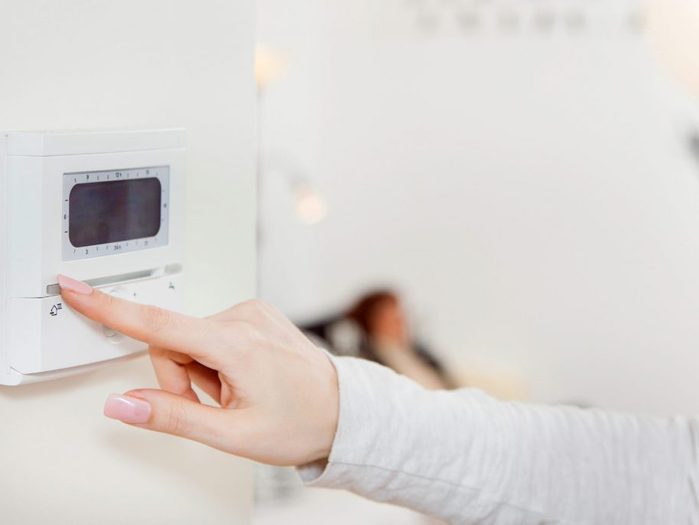
Keep yourself not too warm but not too cold
The temperature in the room of your sleep space has a huge impact on the quality of your nap, according to the National Sleep Foundation. They suggest a sleep temperature between 60 and 67 degrees Fahrenheit—not too warm but not too chilly—for ideal napping. Here are some more natural sleep remedies.
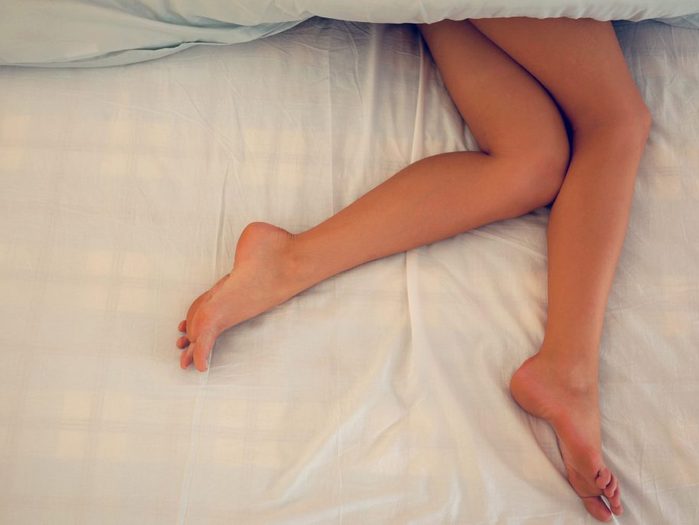
Get into a half-crawl position
Author Tim Ferriss recommends this trick for falling asleep faster in his book The 4-Hour Body: Assume the military half-crawl position. To do this, lie on your chest with your head on a pillow and facing to the right. Place both arms straight by your sides, palms up. Bring your right arm up so that your right hand is under your head. Pull your right knee out to the side so it is bent at approximately 90 degrees. This position makes it almost impossible to move without lifting your entire body off the bed. Less fidgeting has a calming effect on the nervous system, which results in faster sleep, he explains.
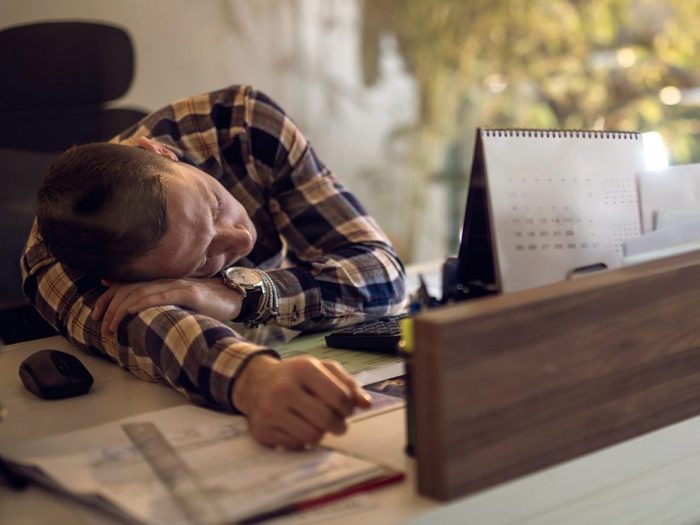
Keep a pillow at work
While many workplaces are finally recognizing the benefits of midday naps on employee performance, it’s highly probable that yours still hasn’t. However, if you’re fortunate enough to have an office with a door that closes, you may be able to sneak in a power nap during your lunch break. Keep a pillow and an eye mask in a desk drawer so you’ll be prepared!
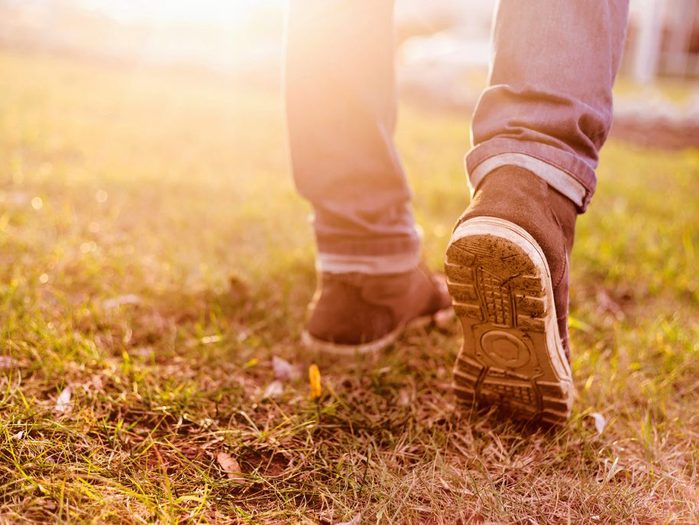
Head outside afterward
If you have time after your nap to get outside, aim to do so. Spending time in the sunshine helps reset our biological clocks, helping us sleep and wake at times that feel natural to our bodies, according to a study published in Environmental Health Perspectives. Sunlight can also help you feel instantly energized, helping you overcome the dreaded post-nap bleariness.
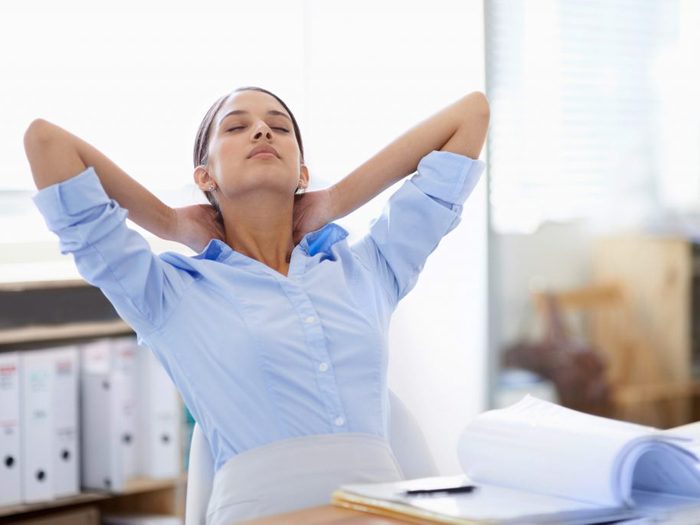
Take a stretch
Don’t have time for a real nap? Restart your day with at least one or two minutes of intentional stretching and breathing. If you only have time for one exercise, clasp your hands behind your back and take deep breaths for 30 seconds. The stretch will open your chest and allow you to take deeper, more invigorating breaths throughout your afternoon. Plus, you may want to check out these healthy snacks to keep in your desk drawer.
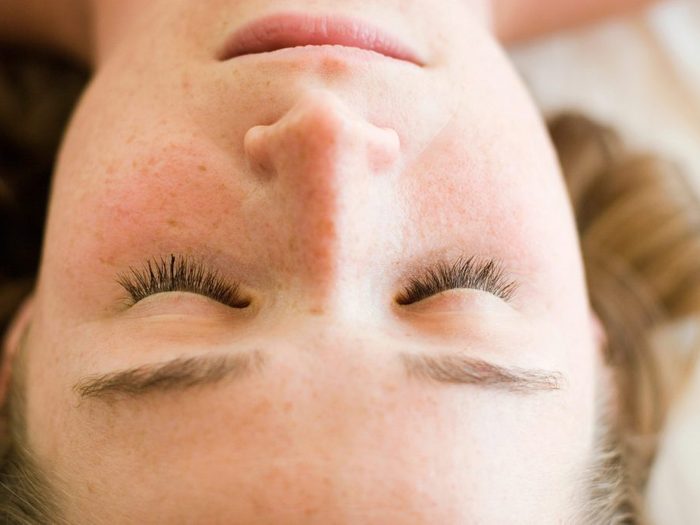
Meditate
Matthew Edlund, MD, author of The Power of Rest: Why Sleep Alone is Not Enough, argues that rest—in its spiritual (i.e. meditation or prayer), mental, physical, and social forms—is just as curative as sleep. One exercise he recommends is a simple form of controlled concentration. Roll your eyes into the top of your head as if you’re staring at the ceiling. With your eyes looking up, close your eyelids. Concentrate on keeping your eyes rolled up, and take at least one deep breath in and out. Focus on clearing your mind. And hey, if you fall asleep in the process, even better!
Next, learn how to stay well-rested while travelling.
